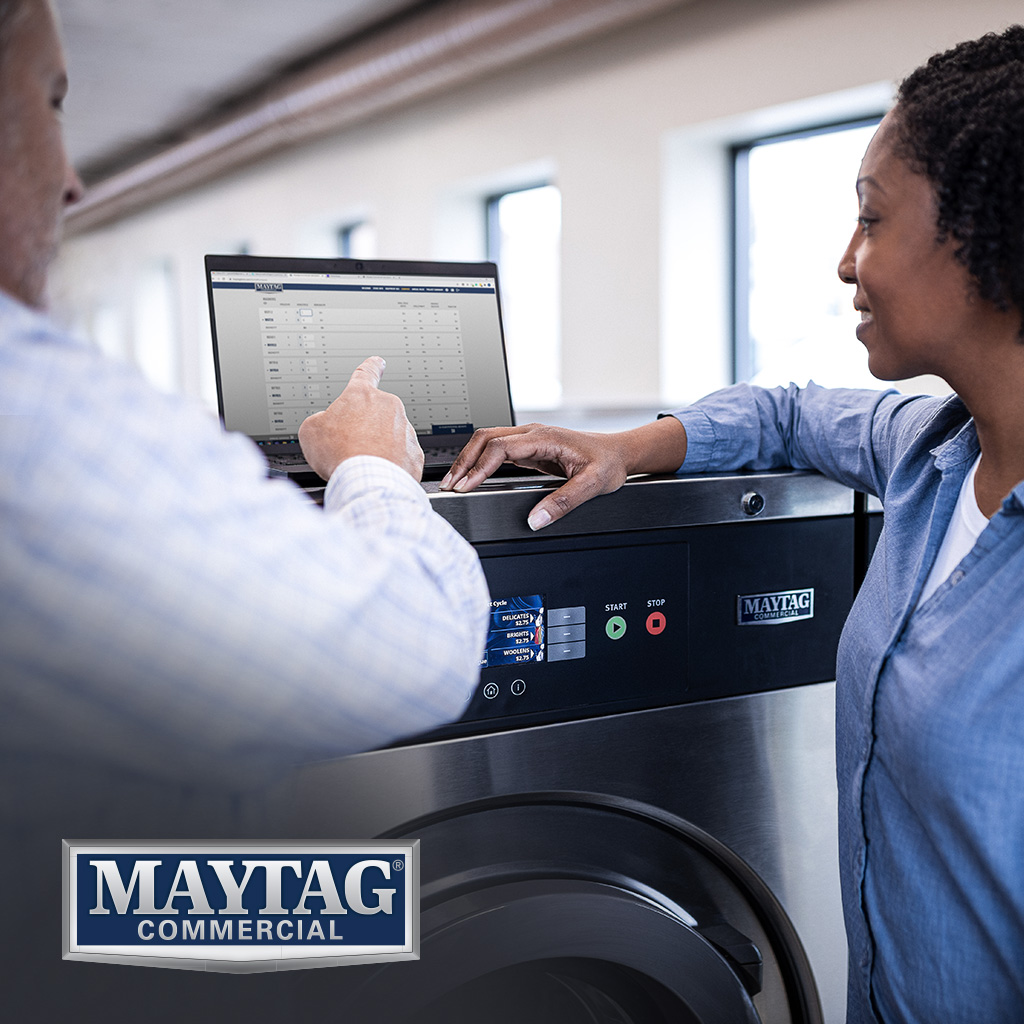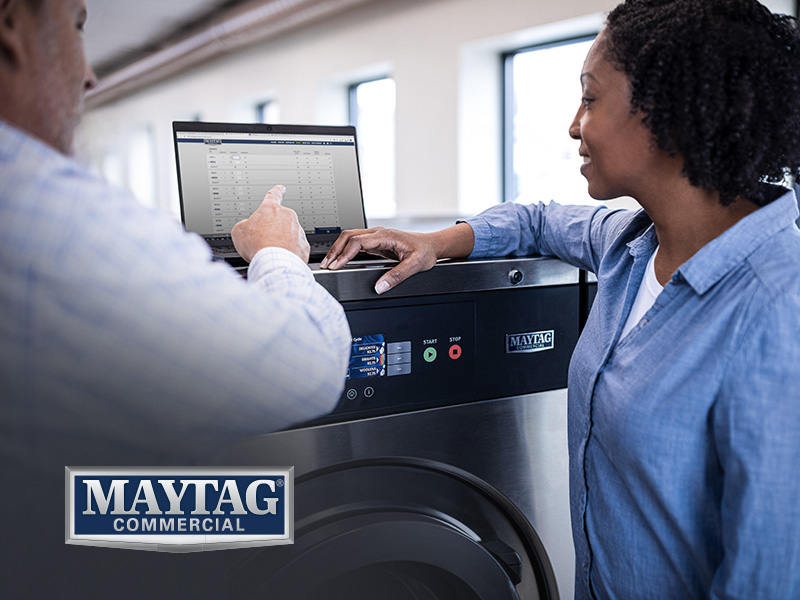Investing in New Equipment Can Significantly Boost Pre-Sale Laundromat Value
[This is the third in a five-part series of articles expanding on the “equipment equation” for laundromats. In this installment, we examine another key benefit of replacing older equipment – increasing the value of a laundromat an owner is planning to sell. New washers and dryers – which command a higher vend price and cost less to operate – can significantly increase the value of stores for sale. In addition to helping an owner ramp up the asking price for a business, new equipment also can help a store stand out from an inventory of laundromats that often are sold in “as is” condition. Increasing presale value is another advantage of a laundromat retool and just one key factor in the equipment equation. Look for our fourth and fifth installment exploring the equipment equation, coming in the weeks ahead.]

As noted in earlier installments of this series, a laundromat at its most basic level is essentially its equipment. At no time is this more apparent than when a store is put up for sale.
It’s no secret that valuation formulas generate more favorable outcomes when newer equipment is factored into their calculations. In fact, most owners surveyed for a CLA Insights Report on equipment replacement “agreed” or “strongly agreed” that increasing the value of a laundromat is one of the key benefits of replacing equipment.
At a bare minimum, an owner who is looking to sell a store should replace the most outdated or problematic machines in preparation for the anticipated transaction. But one also should be aware that doing only the minimum required is likely to generate only minimal benefits.
Choosing the Valuation Formula
There are a number of ways to value a laundromat. These include the intrinsic value method, which is reserved for valuing stores making little or losing money; the gross income multiplier method, which fails to account for variances in expenses and net profitability; and the income capitalization method, which is based on the return on investment desired by the buyer.
However, most owners value their laundromats using the net income multiplier method, which accounts for revenue and expenses, and assesses valuation based on a store’s annual net income. Under this method, a net income multiplier, which can vary greatly but often ranges between three and five, is multiplied against the store’s annual net income.
Working the Numbers
In either case, an owner using the net multiplier method adjusts a basic starting multiplier range by adding or subtracting value from it based on the store’s characteristics, i.e., strengths and weaknesses.
These characteristics include the length of the lease, level of competition, local demographics, local cost of living, and age and condition of equipment. Among these, equipment is clearly the one factor that an owner has the greatest ability to improve to increase a store’s valuation.
Moreover, updating a store with new machines carries benefits beyond just boosting infrastructure value. New machines also allow an owner to raise vend prices and, thereby, generate a record of additional net revenues that factor positively into net income multiplier valuation. This consideration complements other aspects of the equipment equation, including the boost in net revenue gained by installing new machines with lower utility consumption and costs.
Boosting Market Appeal
Retooling a laundromat ahead of a future sale also helps a store stand out from the inventory of laundromats for sale in a given area. Unlike numbers on a spreadsheet, new machines help to project value that a buyer actually can see – and those machines can give a store an edge in the market, especially if the facility has a longer lease.
By investing in new equipment, a seller also can head off the concerns of educated buyers – those with some industry experience or who are using a broker – who are more likely to “look under hood” to assess the age and condition of the machines, and then bargain down the price in line with any negative findings.
In the final analysis, owners who consistently retool over the lifecycle of their laundromats can reasonably expect to sell their stores more quickly, with less hassle, and – most importantly – for a higher price. Although selling a store may be a one-time event, it’s wise to lay the groundwork for that sale carefully in order to generate the best results.








